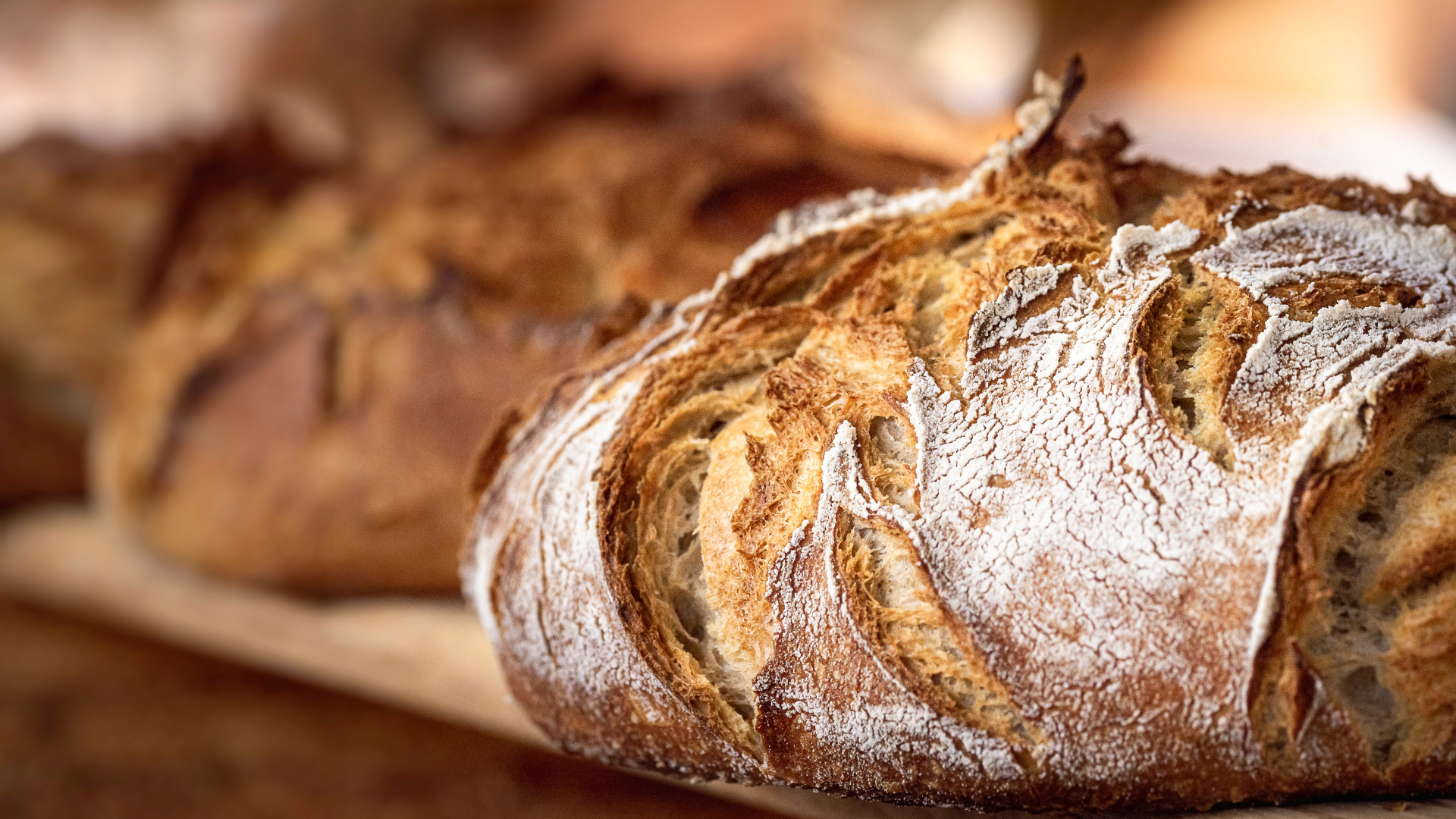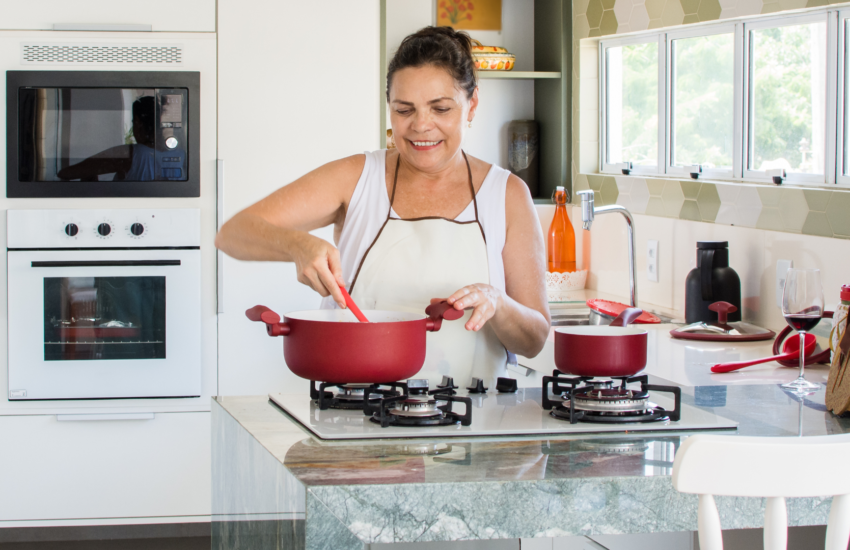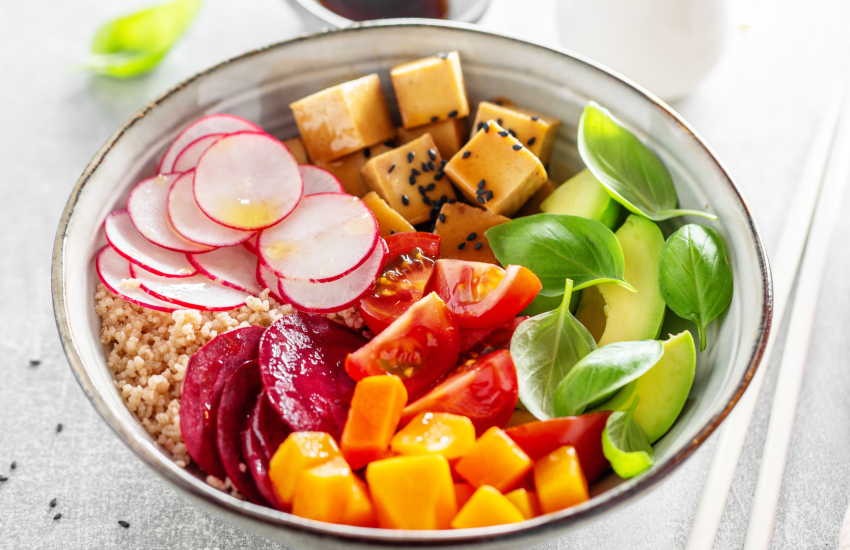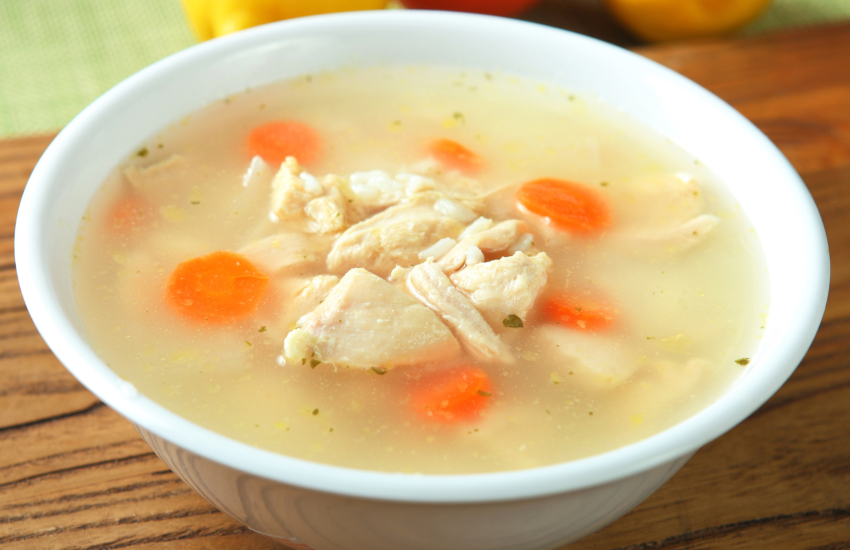The Science of Sourdough Starters
Bread is probably the most universally loved food consumed in the world. It is a staple in most places, and it is consumed by billions of people every single day. Bread is created in a very simple way, and that is by mixing flour and water into a dough and then letting it sit in a warm place for an extended period. This process is called “sourdough” and is a very old method of bread making.
Sourdough is the name given to the leaven of live bacteria used for leavening bread. The process of leavening of bread uses two of the most important processes in the world of fermentation: biological and biochemical. Since the early Stone Age, humans have been making bread using sourdough. The first proof of this fact comes from archaeology: the oldest proof of the use of sourdoughs is found on the archaeological site of Yarim-Kabala on the coast of Venezuela, about 11,000 years ago.
Sourdough bread is made by combining flour and sourdough starter, then allowing the mixture to sit and ferment (or sour up). Sourdough bread has a distinct flavor and aroma and is denser and chewier than regular bread. In order to learn in detail how to make sourdough bread at home, you may visit websites like The Saffron Bistro.
Sourdough seems like the kind of trend that’s here today, gone tomorrow. It’s sort of like the kale craze that swept the nation for a while, only instead of kale; it’s a sourdough starter. Now, you can find sourdough starters at Whole Foods, Starbucks, and even Costco. But why is sourdough so popular-and so addictive? It’s because it’s so easy to make.
Sourdough bread is a type of food that a lot of people like. It is also one of the most difficult to make since it involves many steps. There are many different types of sourdough bread, including French, Italian, German, and American sourdough, among others. To make sourdough bread, you must first make the starter. The starter is a mixture of flour and water that will provide the starter’s yeast with the necessary nutrients.
A sourdough starter is a method of making bread using a blend of flour, water, and flour starter. The flour, most often rye flour but sometimes wheat or another grain is mixed with the starter, which is made by mixing flour and water with a small amount of flour and adding kefir (a fermented milk product) or yoghurt. Typically, the starter is fed every day, after which it can be used to make bread, pancakes, cookies, or other baked goods.
A sourdough starter is a result of a fermentation process that takes place in a small jar or bowl. It is a traditional bread made by leavening dough with genetically-determined, naturally-occurring yeast. These yeasts can be propagated through fermentation, allowing for a small amount of yeast to be added to the dough. The dough is then allowed to rise with the added yeast, which eventually breaks down, creating carbon dioxide bubbles that expand the bread.
Sourdough bread is leavened by wild yeast rather than commercial yeast. This method of preparation is unique to sourdough bread. The traditional method of sourdough bread is to sour the dough with a starter. The sour starter is kept alive by adding more flour and warm water. The process is repeated 3 times during the day to allow the mixture to sour. The final product is a loaf of bread with a rich flavour called “sourdough bread” or “sourdough starter.”
The bacteria in sourdough feed on flour, creating carbon dioxide and lactic acid, which produce a distinctive sour taste. Sourdough is used in baking to produce leavened loaves of bread, pastries, and crackers. Modern sourdough starter is prepared through the process of fermentation. This allows for the development of lactic acid bacteria into the culture. This natural process increases the acidity of the environment, which causes the cellulose in flour to break down into lactic acid, carbon dioxide, and other organic acids. The process of sourdough fermentation is carried out at a ratio of about 25% water.
Unlike many other types of bread, sourdough starter goes through a “diastatic cycle,” in which a group of bacteria called lactobacilli convert a group of sugars called maltose into a group of sugars called lactic acid. The result is a sour taste that sets it apart from other bread, which has a sweeter taste due to the sugar being digested by the yeast.




